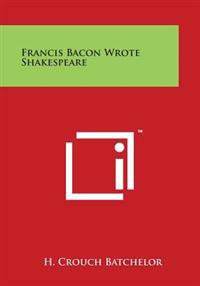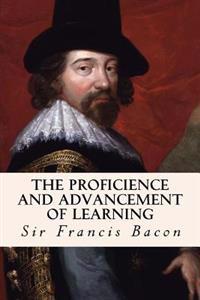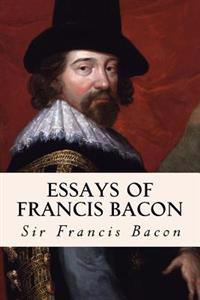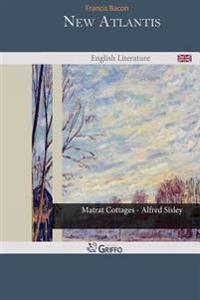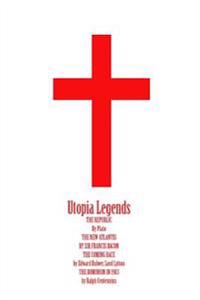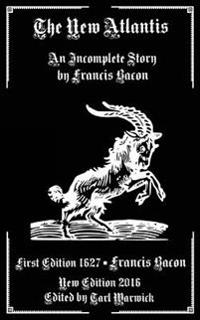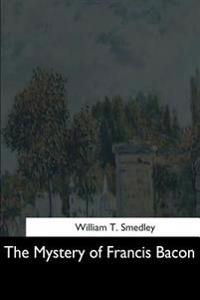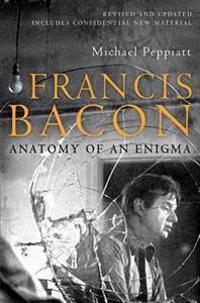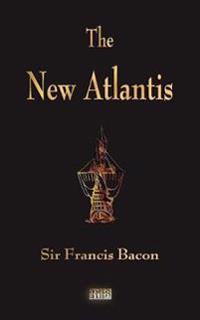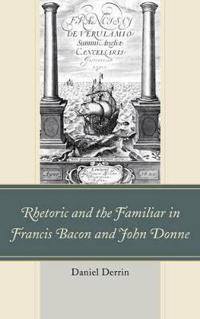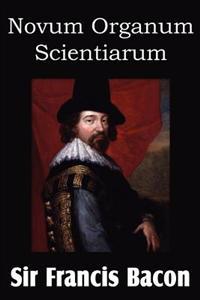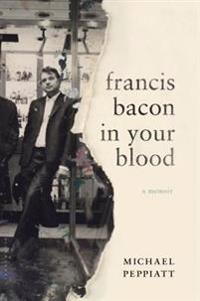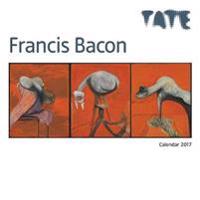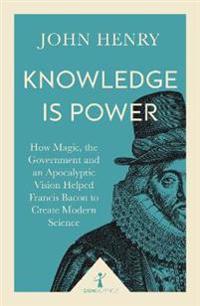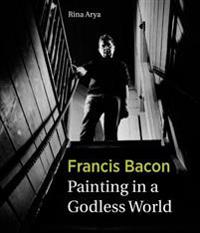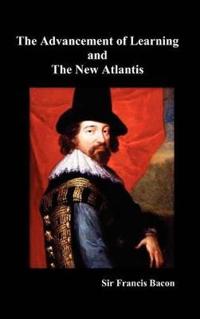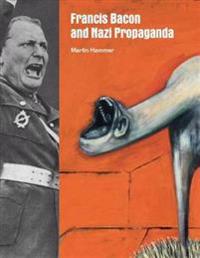The Proficience and Advancement of Learning (Häftad)
avSir Francis Bacon
ISBN: 9781502333827 - UTGIVEN: 2014-09Utopia Legends: The Republic by Plato the New Atlantis by Sir Francis Bacon the Coming Race by Edward Bulwer, Lord Lytton the Dominion (häftad)
ISBN: 9781533102928 - UTGIVEN: 2016-05The New Atlantis: An Incomplete Work by Francis Bacon (häftad)
ISBN: 9781539536581 - UTGIVEN: 2016-10Francis Bacon: Anatomy of an Enigma (Häftad)
avMichael Peppiatt
ISBN: 9781602397620 - UTGIVEN: 200909Rhetoric and the Familiar in Francis Bacon and John Donne
ISBN: 9781611478082 - UTGIVEN: 2015-02Rhetoric and the Familiar examines the rhetorical practice of Francis Bacon and John Donne in both their writing and public speaking. It explores how their rhetorical planning negotiates the need both to use and combat familiar ideas, images, and emotions, when engaging different audiences. The book[...]
Francis Bacon?s Hidden Hand in Shakespeare?s the Merchant of Venice
ISBN: 9781628943313 - UTGIVEN: 2018-10Francis Bacon in Your Blood: A Memoir
ISBN: 9781632863447 - UTGIVEN: 2015-12In June of 1963, when Michael Peppiatt first met Francis Bacon, the former was a college boy at Cambridge, the latter already a famous painter, more than thirty years his senior. And yet, Peppiatt was welcomed into the volatile artist s world; Bacon, considered by many to be "mad, bad, and dangerous[...]
Knowledge Is Power: How Magic, the Government and an Apocalyptic Vision Helped Francis Bacon to Create Modern Science (häftad)
ISBN: 9781785782367 - UTGIVEN: 2018-02Francis Bacon - a leading figure in the history of science - never made a major discovery, provided a lasting explanation of any physical phenomena or revealed any hidden laws of nature. How then can he rank as he does alongside Newton? Bacon was the first major thinker to describe how science shoul[...]
Francis Bacon (häftad)
ISBN: 9781845297312 - UTGIVEN: 2008-09Published in 1996, Francis Bacon: Anatomy of an Enigma was the first in-depth study of the artist's life. It has not been superseded. In this substantially revised, updated edition - to coincide with the artist's centenary, which will be celebrated from autumn 2008 through summer 2009 - Peppiatt wi[...]
Francis Bacon (Inbunden)
avRina Arya
ISBN: 9781848220447 - UTGIVEN: 201202Throughout his career, Francis Bacon (1909-1992) made many anti-religious and, more specifically, anti-Christian statements. Bacon was a militant atheist but his atheism was not a simple dismissal of religion and religious belief. He exploited the symbols of Christianity, especially the Crucifixion [...]
The Advancement of Learning and the New Atlantis (Truly Hardcover) (Inbunden)
avFrancis Bacon
ISBN: 9781849022293 - UTGIVEN: 2010-05Francis Bacon (Inbunden)
ISBN: 9781849760416 - UTGIVEN: 2013-04*When Three Studies for Figures at the Base of a Crucufixion was exhibited in 1945 Francis Bacon (1909 - 1992) instantly became the most controversial painter in the country. By the end of his life his status as one of the giants of modern art was established, as was his reputation for hard drinking[...]
Francis Bacon and Nazi Propaganda (Inbunden)
avMartin Hammer
ISBN: 9781849760737 - UTGIVEN: 2013-03Born in 1909, Francis Bacon's entire early adulthood was penetrated by the tragedy of the Second World War. Unlike many of his contemporaries in Britain, he did not participate in the war or become a war artist. Rather, he is unique amongst his generation of artists as independently choosing Hitler,[...]
FRANCIS BACON (Häftad)
ISBN: 9781854373076 - UTGIVEN: 2001-02This work elucidates the values and meanings that can be ascribed to Bacon's work, and discusses criticisms of Bacon by distinguished critics and philosophers.[...]

